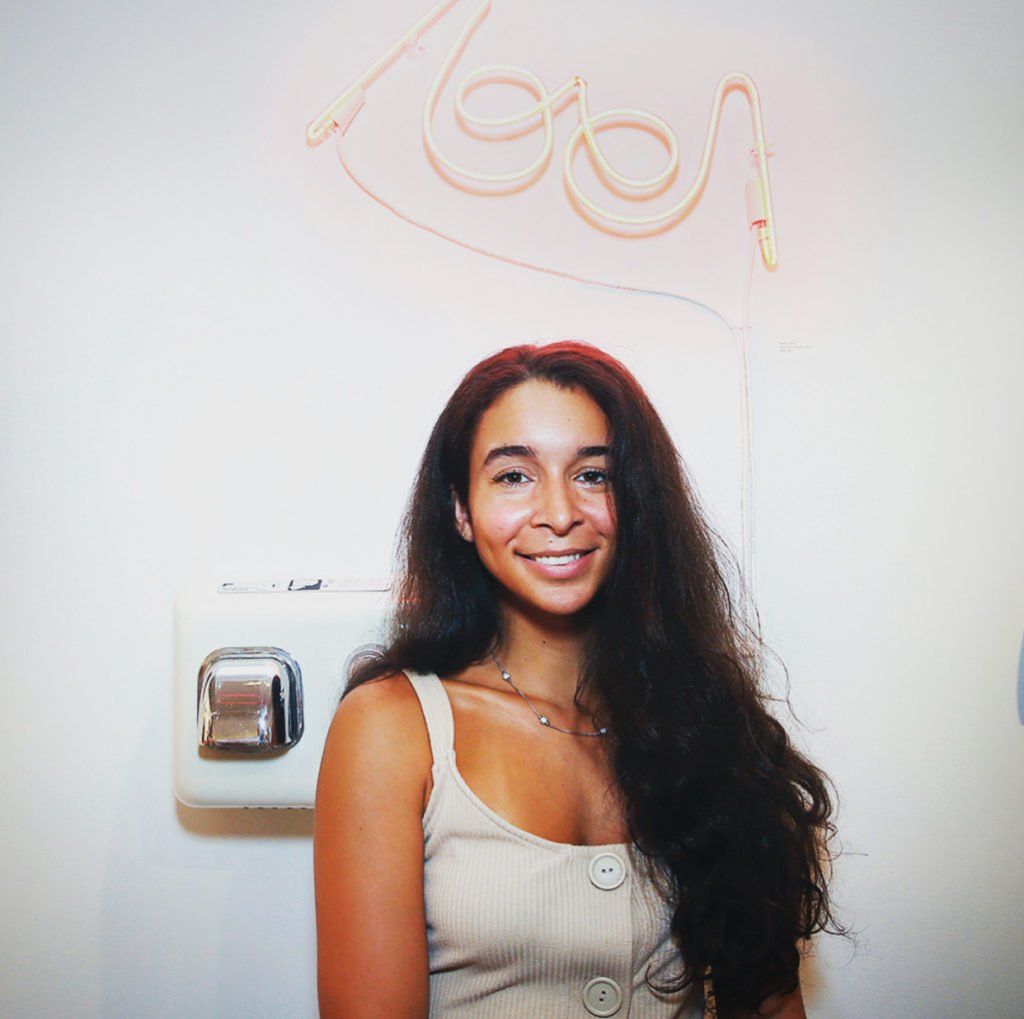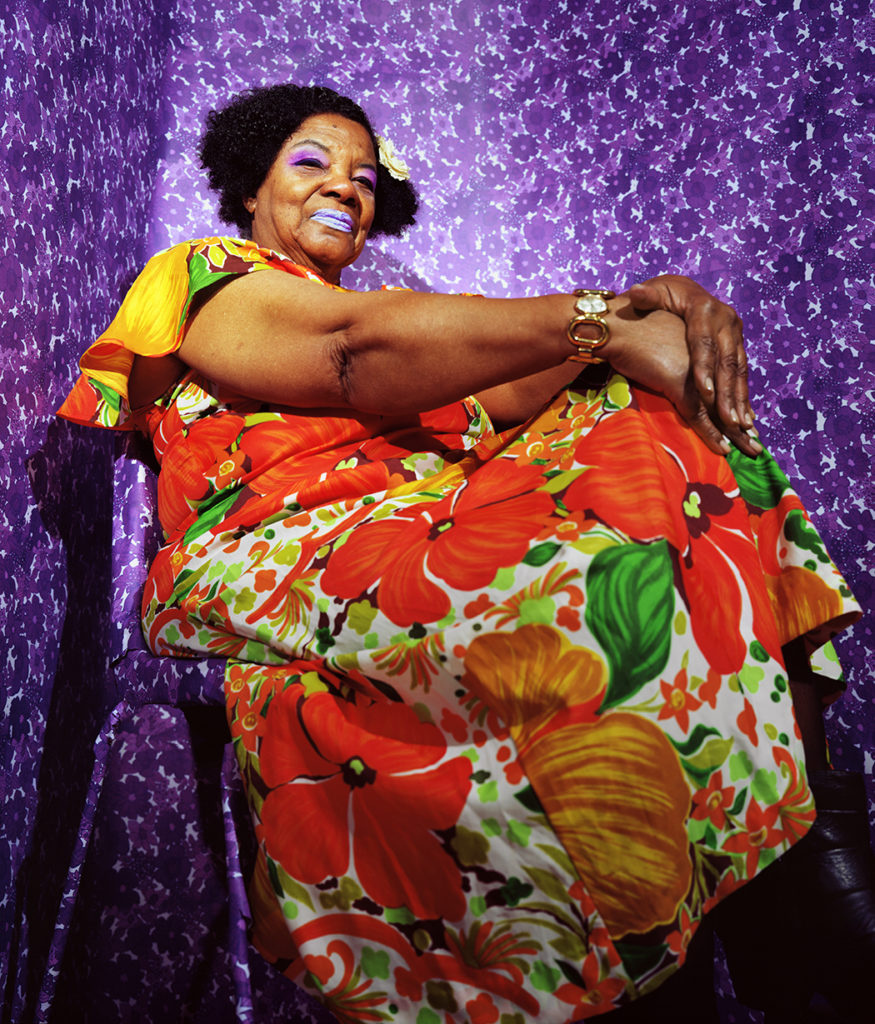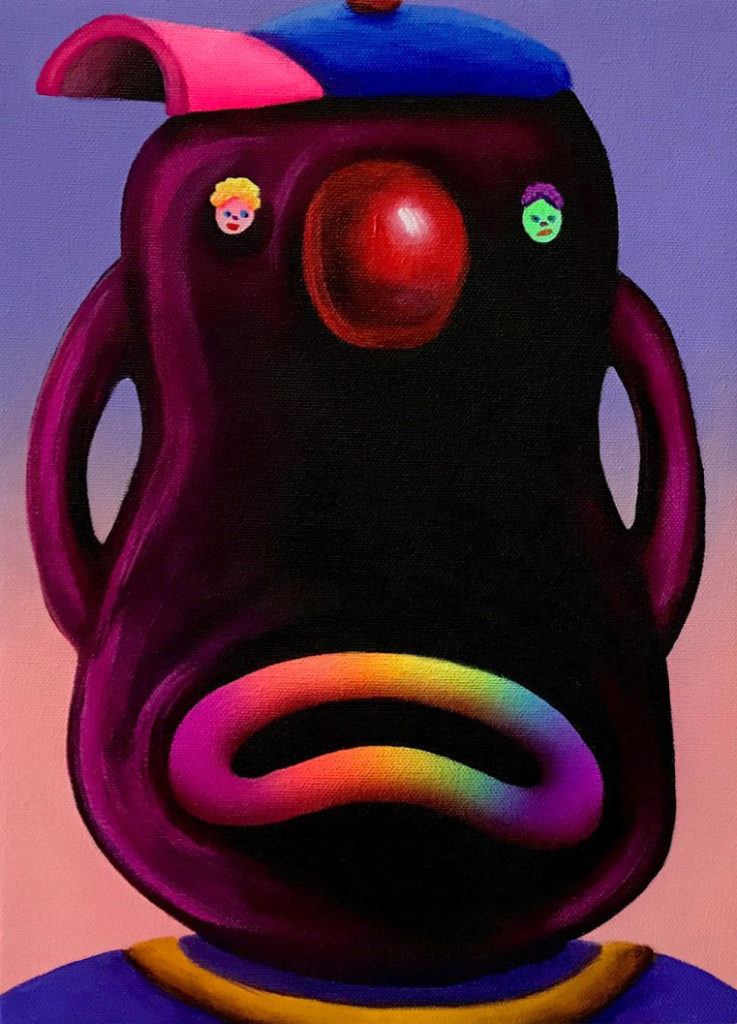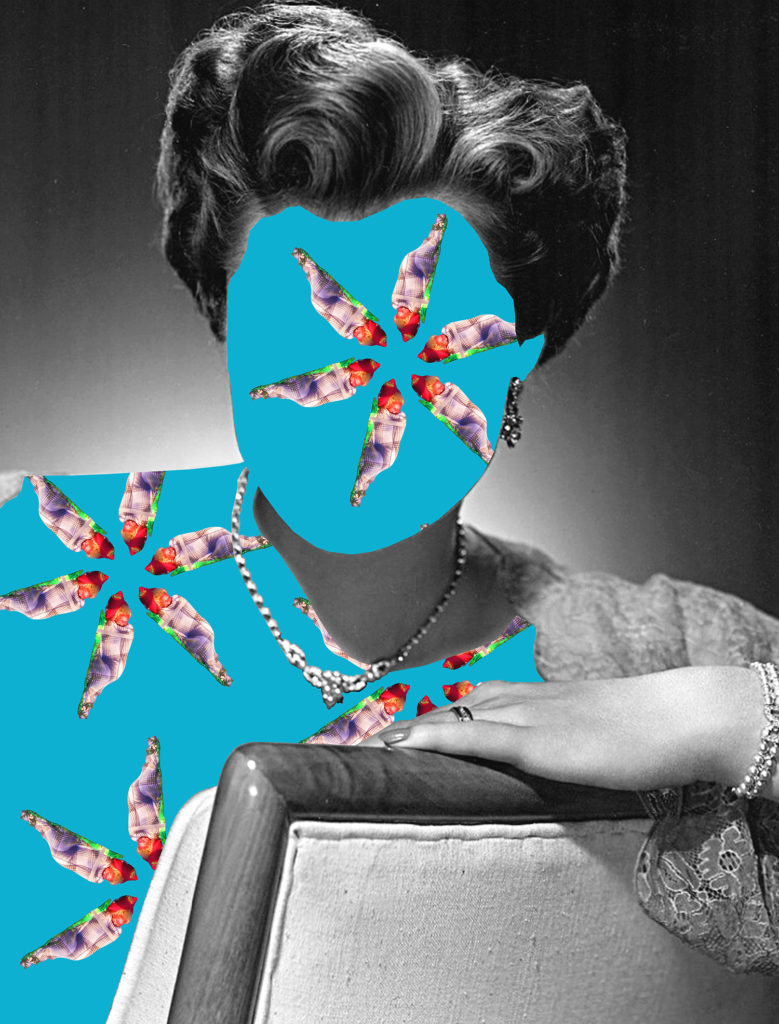August 15, 2018 at 03:39PM
Go to the source
The problems facing galleries today aren’t new, but they’re more daunting than ever: rising rent costs and fair fees, the looming threat of e-commerce, backlash from local communities crying displacement. Many are in search of a new, more sustainable system.
Storm Ascher, a young artist and writer, has another model in mind—one that’s inclusive, socially conscious, and mobile.
Ascher recently founded Superposition, a gallery that represents young emerging artists but does not have a permanent home. The gallery is itinerant, hosting pop-up exhibitions, performances, and other events in temporary spaces. The idea is to participate in the contemporary art conversation but not the gentrification one.
“I always saw myself founding a gallery,” Ascher tells artnet News. “But after working in arts districts and observing people on the street in tents, or with banners hanging out their balconies saying ‘We don’t need a new trendy coffee shop, we need a laundry mat,’ it was hard to imagine myself going through the current art world pipeline without kicking myself.”
Ascher, an LA native, returned to the city recently after completing the Visual & Critical Studies program at the School of Visual Arts in New York, studying the art world’s impact on gentrification and displacement. She’s currently at work on a documentary on the same topic, focusing on places like downtown LA, the Wynwood district in Miami, and Chinatown and the Bronx in New York.

Storm Ascher, the founder of Superposition.
“Artists move around a lot, from residency to studio, and are getting priced out just as quickly as the low-income residents. So how do we not get pitted against one another?” asks Ascher. “I thought there must be ways for someone in the arts to collaborate in a space without feeling like they’re selling out. How do we younger art professionals actually carry out what is being asked of the art world without sweeping these issues under the rug?”
Priding itself on intersectionality, the gallery supports a roster of young artists who straddle lines of race, ethnicity, gender, and ability, as well as creative disciplines. People like Haleigh Nickerson, a black performance artist on the autism spectrum; Sinjun Strom, a Latina photographer who looks at the camera’s capacity to capture identity; or Miss Art World, a conceptual artist who channels her background in pageants and modeling for her videos and performances work, critiquing standards of beauty.
These artists and others make up Superposition’s inaugural exhibition, which is set to open this weekend in Los Angeles. The show, curated by Ascher, focuses on artists who “interpret the meaning of simultaneous existence in one’s art practice.” It’s a thematic complement to the gallery’s foundational principle—and its name.
Ascher recently spoke with artnet News to discuss the exhibition, the structure of her gallery model, and the importance of intersectionality in the art world.

Sinjun Strom, Colia I (2016.) Courtesy of Superposition.
Where does the name Superposition come from?
Superposition is a physics term in quantum mechanics. It means to exist simultaneously in more than one place, but when observed [to] exist fully in that place at that moment. I thought this perfectly described the multi-faceted nature of young artists in this current time period, as well as the current situation for galleries right now—keeping up with fairs, operating multiple locations, and living online. I think it’s a positive way of looking at the demands of the market.
How does the model for Superposition work? What does it allow you to do that a permanent space doesn’t?
Given the active participation in global art fairs where businesses set up camp for less than a week, I saw an opportunity to use that model for a single gallery. Our goal is to participate in the conversation and expand and contract just as any brick and mortar space would without the overhead cost of real estate. There are so many galleries showing the same people’s work. I don’t think that owners—even those who have multiple locations—know what to do with this new wave of younger artists because both they and their clients are already so used to the current formula. Superposition provides opportunities for artists to show their work without having to wait around for representation by places that maybe have one slot open on their roster every few years. We will always accept artists on a rolling basis.
“This inaugural show will be at a space called Pakkard, which is an 800-square foot recreational property that facilitates different events for creatives to use. They are young entrepreneurs who understand the needs of downtown LA, and they build up the voices of the POC and non-conforming community. Our goal is to work with more locations like this—places that have goals that are similar to ours, that are socially conscious of the neighborhood in which they exist. But overall, online representation is [the] main focus. Our physical presence doesn’t have to be permanent for people to know that we are a real business entity.

Eilen Itzel Mena, White Washing (2016). Courtesy of Superposition.
Are there any downsides that you see in not having a fixed home?
I expect that some people, especially those from earlier generations of collectors and members of the art world, may react by saying, “They’re cheapening the experience!” I feel that we are actually innovating the experience of being an ephemeral space that could show up anywhere and be just as professionally put together. I also think people will find excitement in finding us in different locations, knowing that we’re not just “always going be there.” I think it will draw more participation when you know it’s for a limited time.
Rising rents are a perpetual complaint among gallerists. Do you think the economics of this model are more sustainable?
Definitely. Our overhead only consists of event planning, a team of preparators, and a small storage unit leading up to an exhibition. It benefits your artists and benefits you to not get hung up on the placeholder phenomenon and just start making sales.
It’s no secret that foot traffic in galleries is declining. Collectors today know to just look on the website, or see them in the fairs. I’ve read articles that suggest the online art market be worth as much as $8.37 billion by 2023. This year, 78 percent of young collectors bought their work online. Of course, I still respect large institutions and foundations that have notable architecture, a historical inventory, and facilitate educational programming and events for the greater population. And I wouldn’t be opposed to helping my artists become involved in these types of programs.

Super Future Kid, A Peanut Walks Into A Bar (2018). Courtesy of Superposition.
Many of your artists represent intersectional viewpoints and practices. Is this related to the gallery’s mission, as you see it?
This feeling of being present in multiple spaces is inherent not only in the nature of the gallery itself but in all of the artists’ work. Themes of race, ethnicity, gender, disability, class, and the tension between the insider and outsider perspectives are all prevalent in the work, all the way down to their manipulation of materials.
I put out an open call to ask if anyone else was feeling like me: torn, pulled in multiple directions, to be on for every type of audience at all times, to be an artist, make a living, and cater to all of my identity groups, because my inherent nature makes it impossible to choose one. Being a woman of color, of multiple ethnicities, being conflicted with my career choices, constantly moving from different jobs, to different apartments, to different states, confronted with the pressure of social media to multi-task and have every skill set and level of life experience under my belt by my mid-20s. Overall, being a millennial.
The response I received was overwhelming. It was a great opening theme to start with, and for now, intersectionality will be the main focus of the work we show. Some of the works embody superposition through the materials while others are more conceptually related by who the artist is in life.
One of our artists, Martin Alexander Spratlen Etem, put it perfectly: “We have the right to be undefined, to not choose, and to stay open to everything. This is the beauty of superposition, it is dynamic, multidimensional, it embraces the infinite narratives around identity, race, gender, art history and the evolution of those ideas. And it is our right to engage with these themes as we choose.”

Nelson Munares, Esther (2017). Courtesy of Superposition.
“Superposition” opens Saturday, August 18, and will be on view through August 21, 2018, at 1001 S. Broadway, Los Angeles.
Follow artnet News on Facebook:

